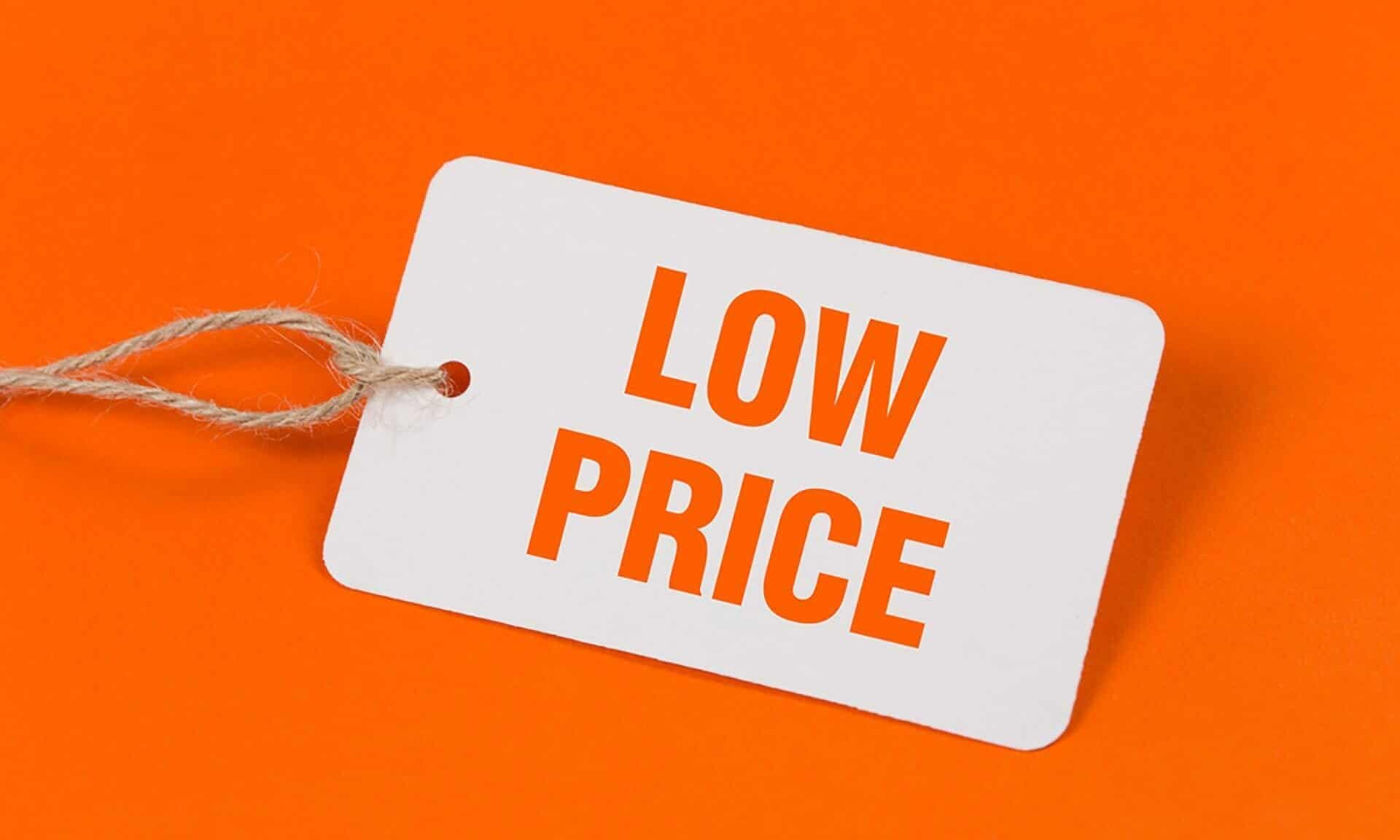Many businesses manipulate the prices of their products and services to entice consumers. By having lower prices than your competitors, you are able to gain consumer traction and interest. However, this can come at a cost. Hence, predatory pricing is an illegal pricing strategy in Australia. It can have negative impacts on other companies in the market and consumers. Read our guide to find out more about what it involves and its effects.
What is Predatory Pricing?
Predatory pricing occurs when a company sets their prices below-cost, or at a sufficiently low level, for the purpose of eliminating or substantially damaging a competitor. Generally, their competitors will hold a smaller market share and will be unable to match the lower prices. Therefore, predatory pricing is a misuse of market power and contravenes Australian Consumer Law. A misuse of market power means that a company is unlawfully manipulating their large market share to gain commercial advantage. For more information, read our guide ‘Who let the Watchdog Out? Changes to the Misuse of Market Power‘.

Find your perfect lawyer now
Get a fixed-fee quote from Australia’s largest lawyer marketplace
Find a lawyerThe Implications of Predatory Pricing
Hence, the purpose behind predatory pricing is to acquire new customers, create barriers for new entrants and push current competitors out of the market. Therefore, by making prices very low, competitors cannot match these prices and have to exit the market or simply cannot enter in the first place.
You may be wondering whether all low pricing by companies equates to predatory pricing? However, this is not the case. As discussed previously, predatory pricing is the deliberate effort to damage competitors. Moreover, it is the unfair use of power to manipulate the market.
While low prices may seem beneficial for consumers, this actually has the opposite effect. It is important to understand that predatory pricing results in the reduction of businesses in a market. As a consequence, the company implementing the pricing scheme achieves greater market share and sometimes a monopoly. This provides the company with the power to engage in further destructive behaviours such as increasing prices to ascertain lost profits.
What Does the Law Say?
In Australia, predatory pricing is illegal. This is governed by the Competition and Consumer Act 2010 (Cth) and the Competition and Consumer Amendment (Misuse of Market Power) Act 2017 (Cth). Australian law prohibits the misuse of power for commercial advantage.
Companies should be aware that merely lowering their prices below those of their competitors does not equate to predatory pricing. Whether the law has been contravened will depend on a number of factors. These include:
- How long the goods have been sold below cost
- How much market power the seller has
- Whether there was an anticompetitive purpose
The Australian Competition and Consumer Commission is the primary body responsible for investigating claims. However, this can be difficult to prove. For more information on pricing regulations, read our guide ‘What Is A Recommended Retail Price (RRP)?‘.
Final Thoughts
In conclusion, predatory pricing is a strategy of implementing substantially low prices for an anticompetitive purpose. As a result, this can have negative implications on other companies and consumers. If you are unsure whether your company is engaging in these illegal strategies, we recommend consulting a Consumer Lawyer.





